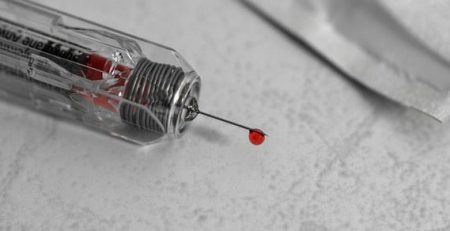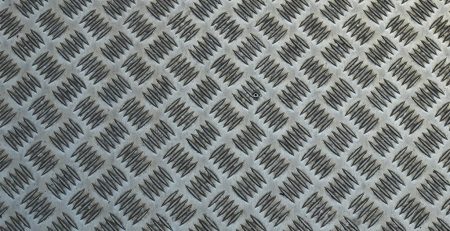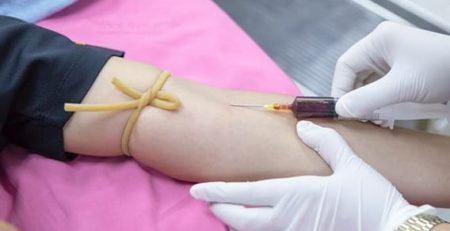New Technology is Changing How Sports Teams Track Performance
Until Griffith University researcher and microelectric engineer Dr. Jono Neville developed SABEL Sense – a wearable inertial sensor – the only option sports organizations had for capturing their athlete’s performance was GPS technology. While GPS technology can track the speed at which an athlete runs, as well as the total distance they “traveled” during a particular athletic endeavor, it’s ideally suited for a steadily traveling vehicle, not the erratic movements of an athlete. Other shortcomings of GPS technology for compiling sports data include their dependence on external satellites, which makes capturing accurate data at indoor events a challenge.
“When it comes to frequent and rapid changes in speed and distance, GPS just doesn’t cut it, although it’s still the most widely used technology,” Dr. Neville said. “We have found a data processing technique which allows us to extract data from an athlete and create an individualized model.”
The SABEL Sense sensor collects data from digital MEMS inertial sensors and a digital magnetometer. The data collected is stored locally on the sensor, allowing the user to “move outside the lab environment both indoors and outdoors” and it can be controlled wirelessly from a PC, allowing those collecting and monitoring the data to control multiple sensors to collect more data. The sensor’s ability to be customized allows it to be used for more than just game-time data capture, but also for rehabilitation and biomechanical studies.
Additional information about SABEL Sense can be found in Dr. Neville’s research paper, which was recently published in Sensors Journal.














